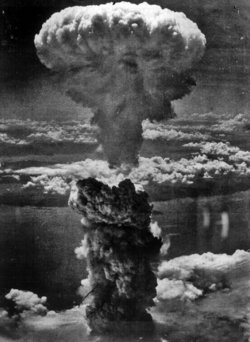WASHINGTON — Consumer spending rose a solid 0.7% in December, best showing in five months, while incomes rose 0.5%, the Commerce Department said Thursday.
Both figures matched economists' expectations.
Last month, and all last year, people once again spent everything they made and then some, pushing the personal savings rate to the lowest level since the Great Depression. The savings rate is a gross figure derived from subtracting personal spending from disposable personal income.
WHAT COUNTS AS SAVINGS?: Not all your money.
Commerce said Thursday that the savings rate for 2006 was a negative 1%, meaning that not only did people spend everything they earned but they also dipped into savings or increased borrowing to finance purchases. The 2006 figure was lower than a negative 0.4% in 2005 and was the poorest showing since a negative 1.5% savings rate in 1933 during the Depression.
In other news, the Labor Department said the number of newly laid off workers filing claims for unemployment benefits dropped by 20,000 last week to 307,000. That improvement pushed the four-week average for claims to the lowest level in a year, indicating that the labor market remains healthy.
The savings rate has been negative for an entire year only four times — in 2005 and 2006 and in 1933 and 1932. But the reasons for the negative savings rates were vastly different during the two periods.
During the Depression, when one-fourth of the labor force was without a job, people dipped into savings to pay for the basic necessities.
Economists have put forward various reasons to explain the current lack of savings, among them: a feeling on the part of some people that they do not need to save because of the run-up in their investments, such as homes and stock portfolios; and an effort by middle-class wage earners to maintain their current lifestyles even though wage gains have been depressed by global competition.
....and the truth shall set us free.
Subscribe to:
Post Comments (Atom)







No comments:
Post a Comment